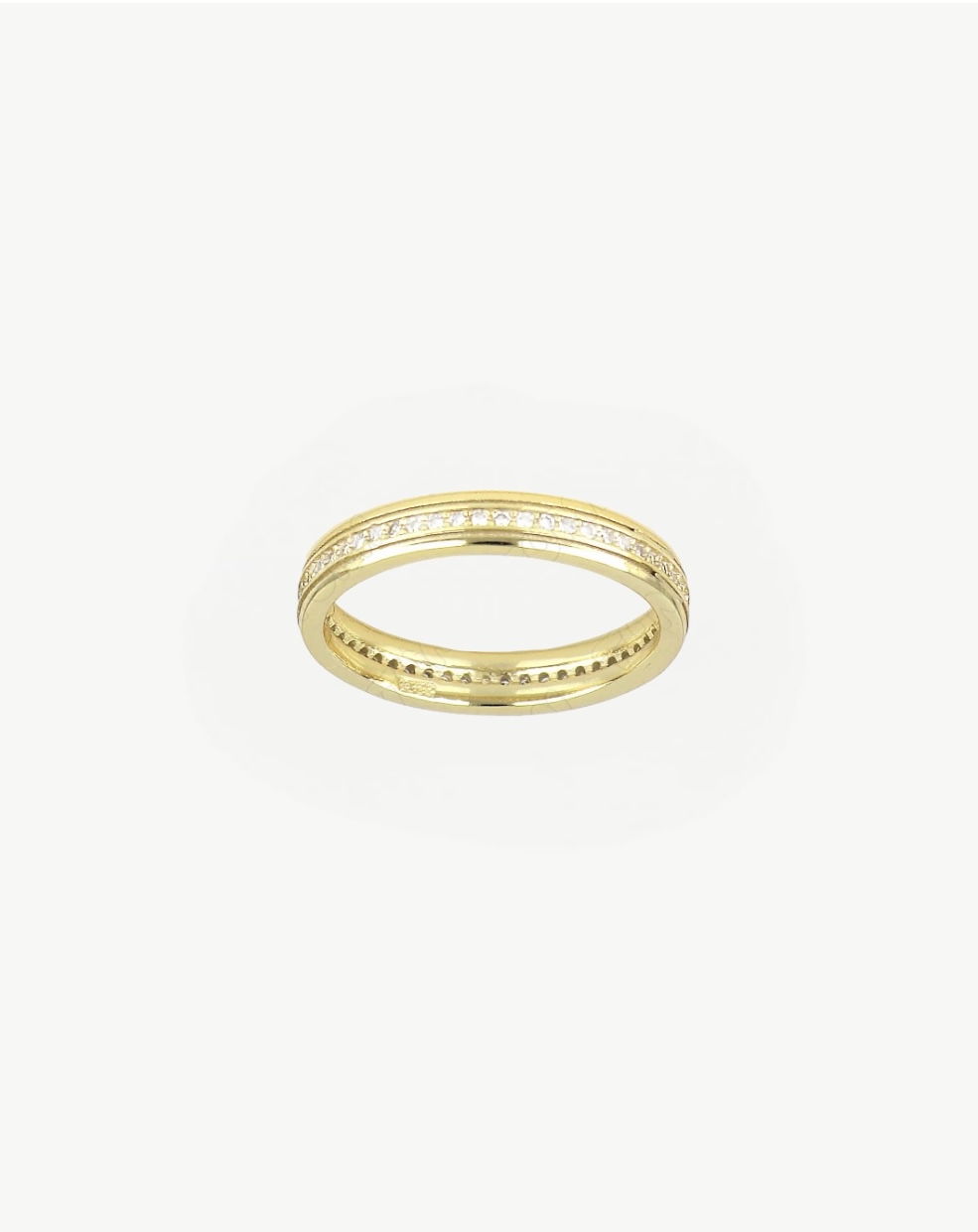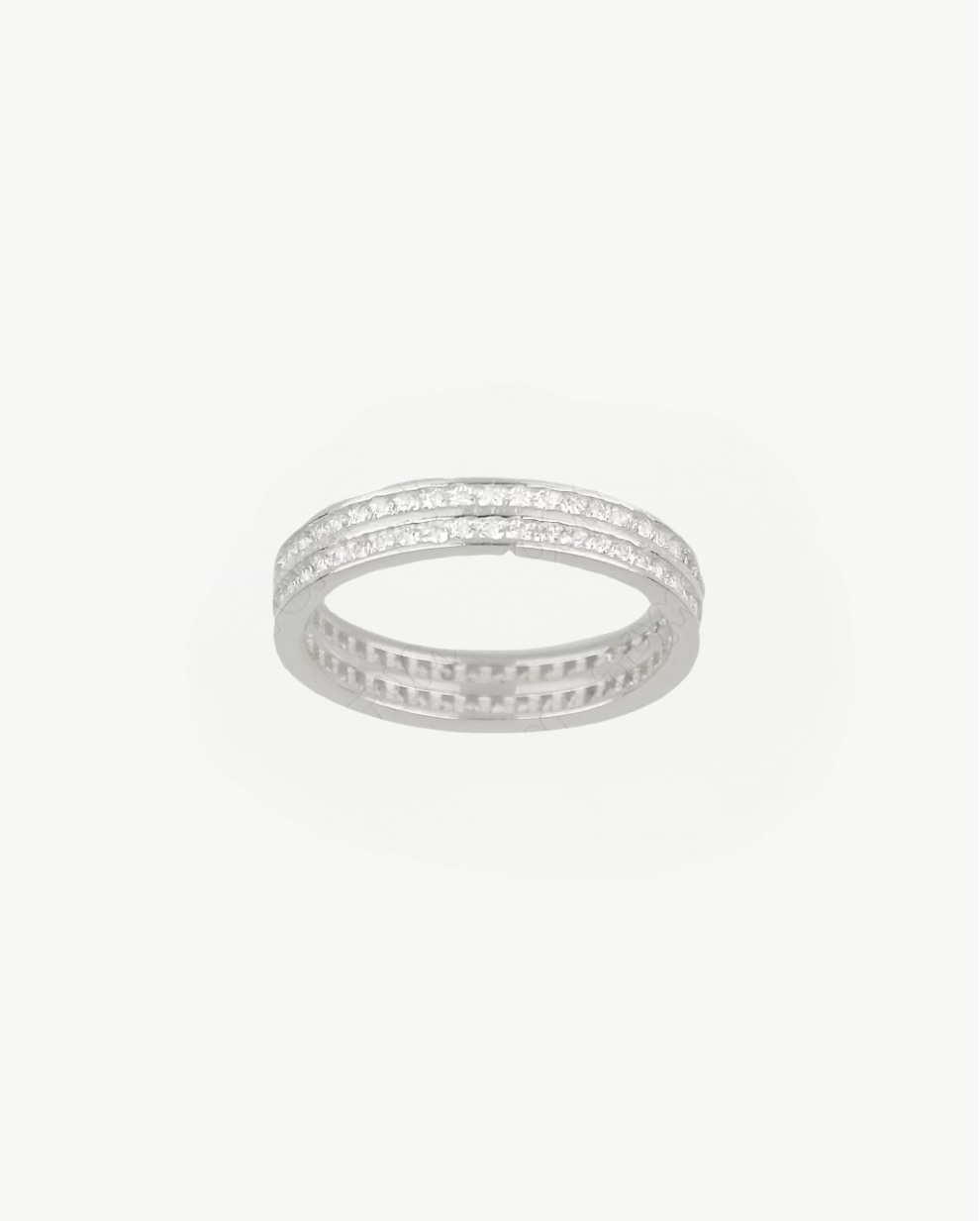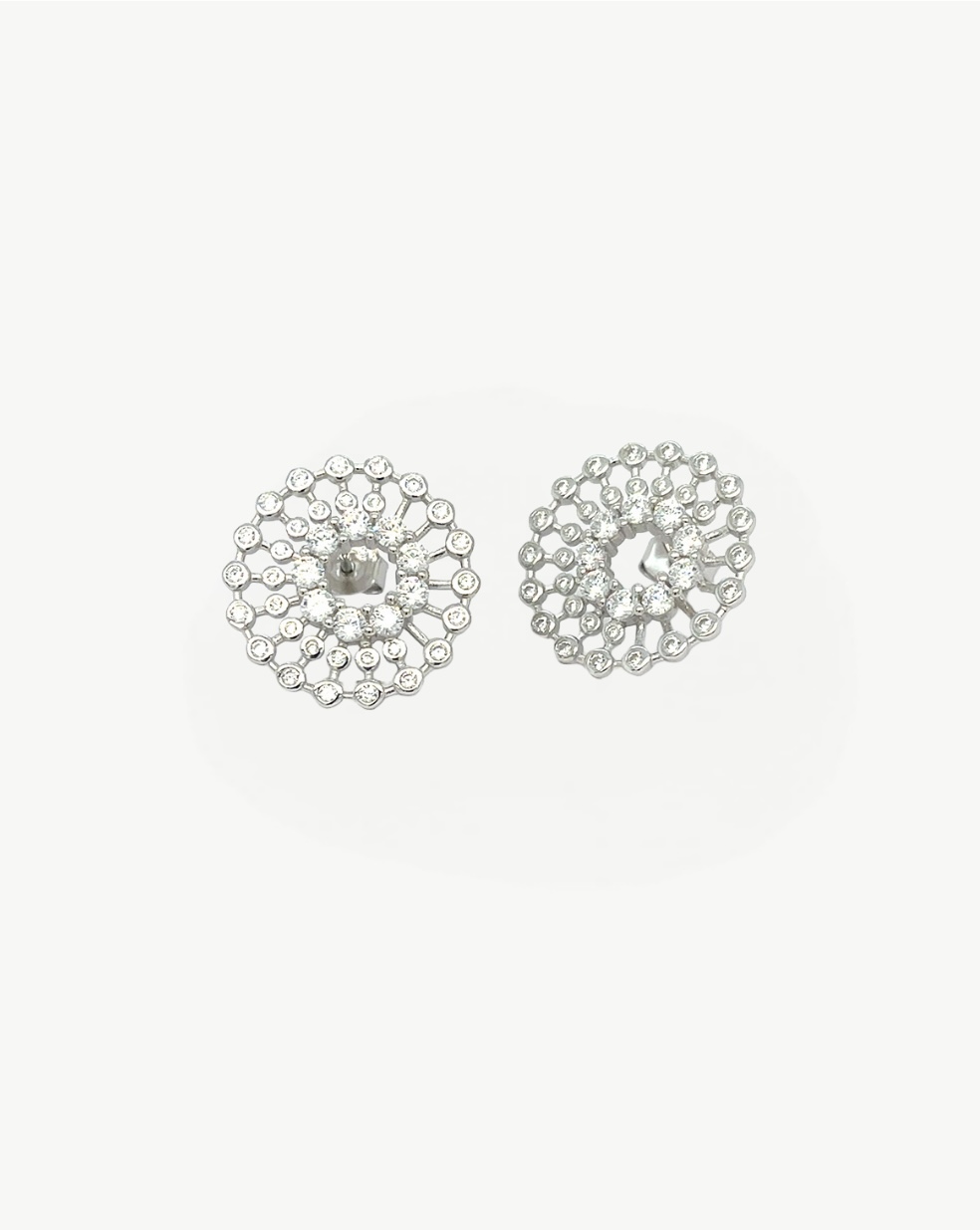-
FREE SHIPPING for Greece over 60€
-
FREE SHIPPING for Greece over 60€
-
FREE SHIPPING for Greece over 60€
-
FREE SHIPPING for Greece over 60€
-
FREE SHIPPING for Greece over 60€
-
FREE SHIPPING for Greece over 60€






